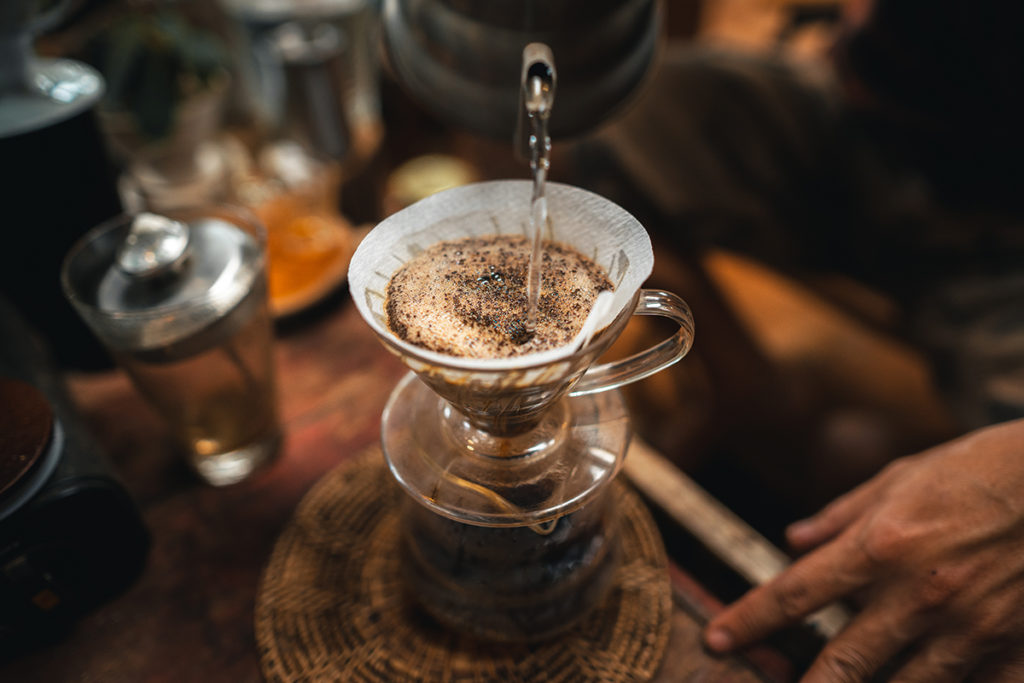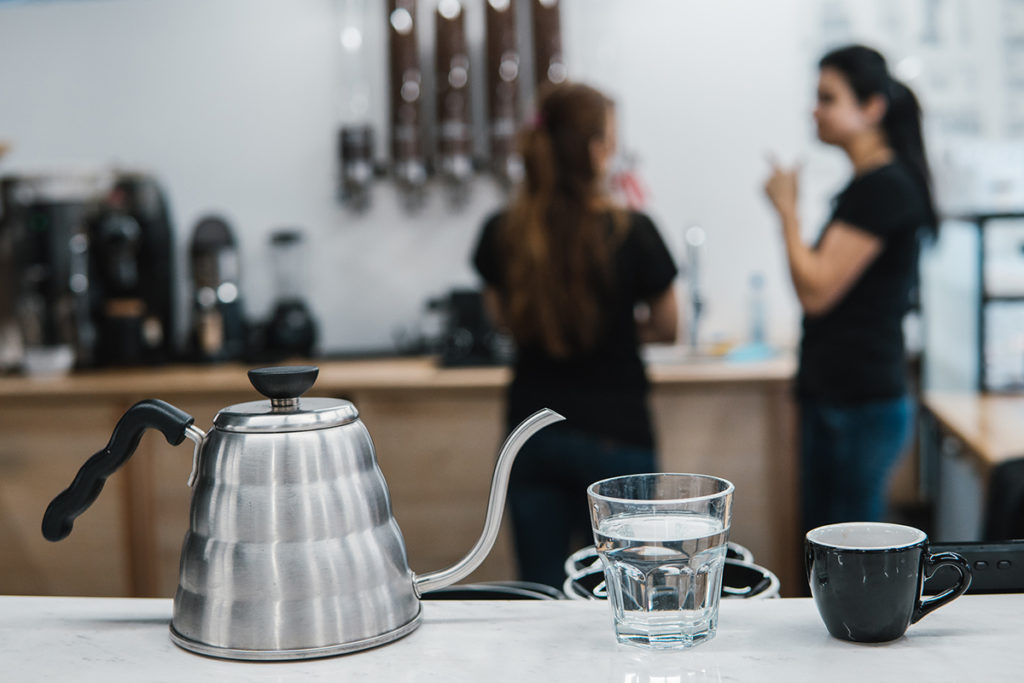Introduction to Choosing Beans
The journey to crafting the perfect cup of coffee begins with selecting the right beans. With a vast array of options available, from single-origin varieties to expertly crafted blends, understanding the differences can enhance your coffee experience.
Each type of coffee offers unique flavor profiles, brewing potential, and suitability for specific preferences. Single-origin coffees celebrate the distinctive characteristics of a particular region, while blends combine beans to achieve balance and consistency. This guide will delve into the qualities of single-origin coffees and blends, helping you make informed choices. By considering freshness, flavor profiles, and sustainability practices, you can select coffee beans that align with your taste and values. Whether you’re a novice or a coffee enthusiast, this guide will help you navigate the world of coffee beans with confidence.
What Are Single-Origin Coffees?
Single-origin coffee comes from a single geographical location, such as a specific country, region, or even a single farm. These coffees are prized for their ability to highlight the unique characteristics of their origin, often referred to as terroir. Factors such as climate, altitude, and soil composition contribute to distinct flavors.
For example, Ethiopian single-origin coffees are renowned for their fruity and floral notes, while beans from Sumatra often exhibit earthy and spicy tones. Colombian single-origin coffees are celebrated for their bright acidity and caramel sweetness. Single-origin coffees allow you to explore diverse flavor profiles and appreciate the nuances of different coffee-growing regions.
These coffees are often used in pour-over or drip brewing methods, which preserve their complex flavors. Their unique taste profiles make them ideal for coffee lovers who enjoy exploring the subtleties of regional differences. However, single-origin coffee may not always offer the consistency or balance desired for espresso-based drinks, where blends often excel.
What Are Blends?
Blends combine coffee beans from multiple origins to create a balanced and harmonious flavor profile. Roasters carefully select beans that complement each other, aiming to highlight desirable traits while minimizing potential weaknesses. This meticulous process results in coffee that is versatile and consistent.
Blends are particularly popular for espresso-based beverages, such as lattes and cappuccinos, as they can deliver the desired balance of acidity, body, and sweetness. For instance, a blend might pair bright and citrusy beans from Kenya with rich and chocolatey beans from Brazil to create a well-rounded flavor. Some roasters even include beans from Central America to add a nutty or caramel note.
Blends provide flexibility, catering to various taste preferences and brewing methods. They’re an excellent choice for those who enjoy experimentation or seek a dependable coffee option for everyday use. Whether you’re brewing with an espresso machine or a drip coffee maker, blends can offer a harmonious cup that appeals to a wide audience.
How to Decide Between Single-Origin and Blends
Choosing between single-origin coffees and blends depends on your preferences and brewing style. If you value exploration and want to experience the distinctive flavors of a specific region, single-origin coffee is an excellent choice. It’s ideal for pour-over and drip brewing methods that highlight its complexity.
On the other hand, if you’re seeking consistency and balance, blends are more suitable. They’re particularly well-suited for espresso-based drinks, where harmony between flavors is essential. Blends also offer versatility, making them a practical option for households with diverse preferences. For example, a blend may be more forgiving of slight variations in brewing technique, which can be a bonus for beginners.
Ultimately, the best choice is the one that aligns with your taste and brewing habits. Don’t hesitate to experiment with both options to discover your personal favorites. Keep in mind that both single-origin coffees and blends have their strengths, and alternating between them can add variety to your coffee routine.
Evaluating Freshness and Sustainability
Freshness and sustainability are critical factors to consider when choosing coffee beans. Freshly roasted coffee delivers vibrant flavors and aromatic richness. Look for roast dates on packaging and aim to consume coffee within two to four weeks of roasting for optimal taste. Grinding your beans just before brewing can also preserve their freshness and flavor.
Sustainability practices reflect a commitment to ethical and environmentally friendly coffee production. Certifications such as Fair Trade, Organic, and Rainforest Alliance indicate that the coffee was grown and processed with respect for workers and the environment. These certifications also ensure that farmers receive fair compensation for their efforts, promoting a more equitable industry.
Additionally, direct trade relationships between roasters and farmers often ensure higher quality and better compensation for producers. Supporting roasters who prioritize sustainability helps foster a more equitable and sustainable coffee industry. Many specialty coffee roasters also emphasize eco-friendly packaging and carbon-neutral shipping practices, further reducing their environmental impact.
By prioritizing freshness and sustainability, you can enjoy a cup of coffee that not only tastes great but also aligns with your values. Supporting ethical practices contributes to a healthier planet and fairer trade practices for coffee-growing communities.
Conclusion and Recommendations
Choosing the right coffee beans is a personal journey influenced by flavor preferences, brewing methods, and values. Single-origin coffees offer a chance to explore the unique characteristics of different regions, while blends provide balance and versatility. Prioritize freshness by selecting recently roasted beans and grinding them just before brewing.
Consider the sustainability practices of your chosen roaster to enjoy a cup of coffee that aligns with your tastes and ethics. Certifications like Fair Trade and Organic, as well as direct trade practices, can make a significant difference in supporting farmers and protecting the environment.
Whether you opt for a vibrant single-origin or a harmonious blend, your choice can transform your coffee experience. Experiment with both options to find your favorites and embrace the diversity of flavors that coffee has to offer. Your perfect cup is just a bean away.



